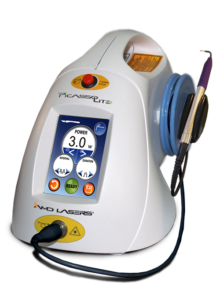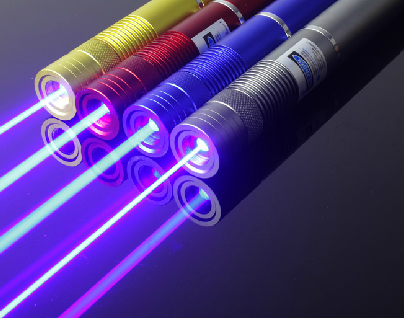laser in root canal therapy
Patient Education Skull
December 17, 2017laser treatment for canker sores
December 26, 2017laser in root canal therapy
Do you fear root canal work? Who doesn’t? Anyone who has had a root canal done has experienced how painful the procedure can be. But new laser technology and use oflaser in root canal therapy promises to change the way you experience traditional root canal therapy – with less time and pain than a conventional root canal, laser dentistry can remove your infection so that you can get on with your life.
Dr. Greenspan, an innovator in the use of advanced equipment in the treatment of all kinds of dental situations, uses laser in root canal therapy to remove dead tissue and infection from the root’s canal. He uses a parallel beam of intense light and a high-pressure water system to clean out root canals by “melting” away debris consisting of bacteria and infection, known as the “smear layer” of the root. The beauty of using laser in root canal therapy is that it produces enough heat and pressure to remove debris without using drills or hand files, cutting down the time spent in the dental chair.
Moreover, the laser cleans the root more thoroughly than conventional root canal techniques. Microorganisms can hide in the tiny holes of the dentin surrounding the root. With conventional root canals, the cleaning process doesn’t always reach all of the holes, leaving behind some of the bacteria well after the root canal is filled and sealed.
But using laser in root canal therapy is perfect for reaching areas that regular metal instruments can’t. It penetrates deep into the tiny holes, removing bacteria without damaging the surrounding tissue. While traditional root canal instruments only clean out the tooth’s root, the laser actually sterilizes it, increasing your chances of a successful procedure.
Laser technology also reduces any possible side effects from the root canal procedure. It limits the amount of bleeding during dental treatment, and can be used with minimal or no local anesthesia. Post-operative problems of traditional root canals are practically eliminated as the use of a laser in root canal therapy reduces the amount of inflammation, swelling and discomfort often felt as the anesthesia wears off. Patients may not even require any pain medication, which is often prescribed following dental surgery.
